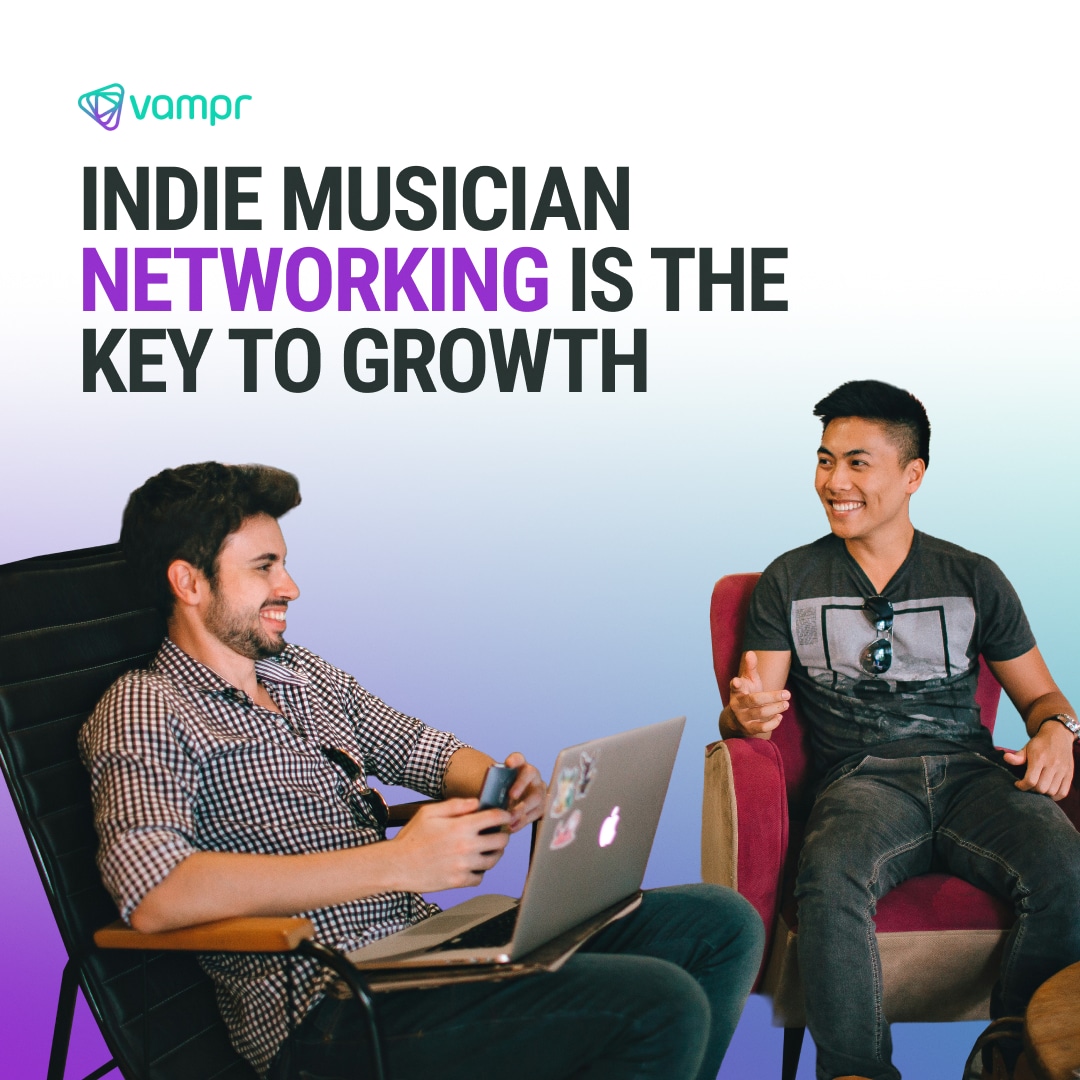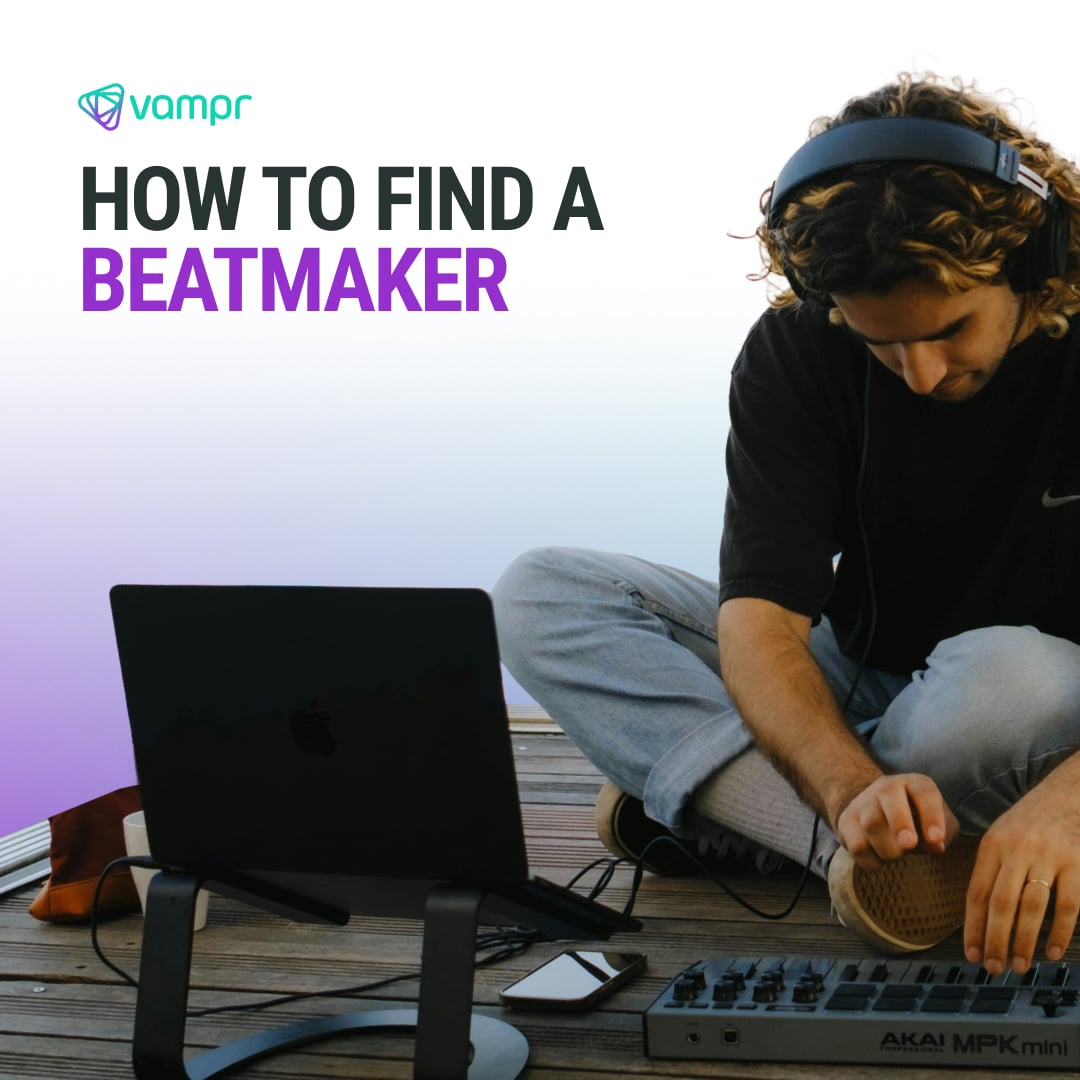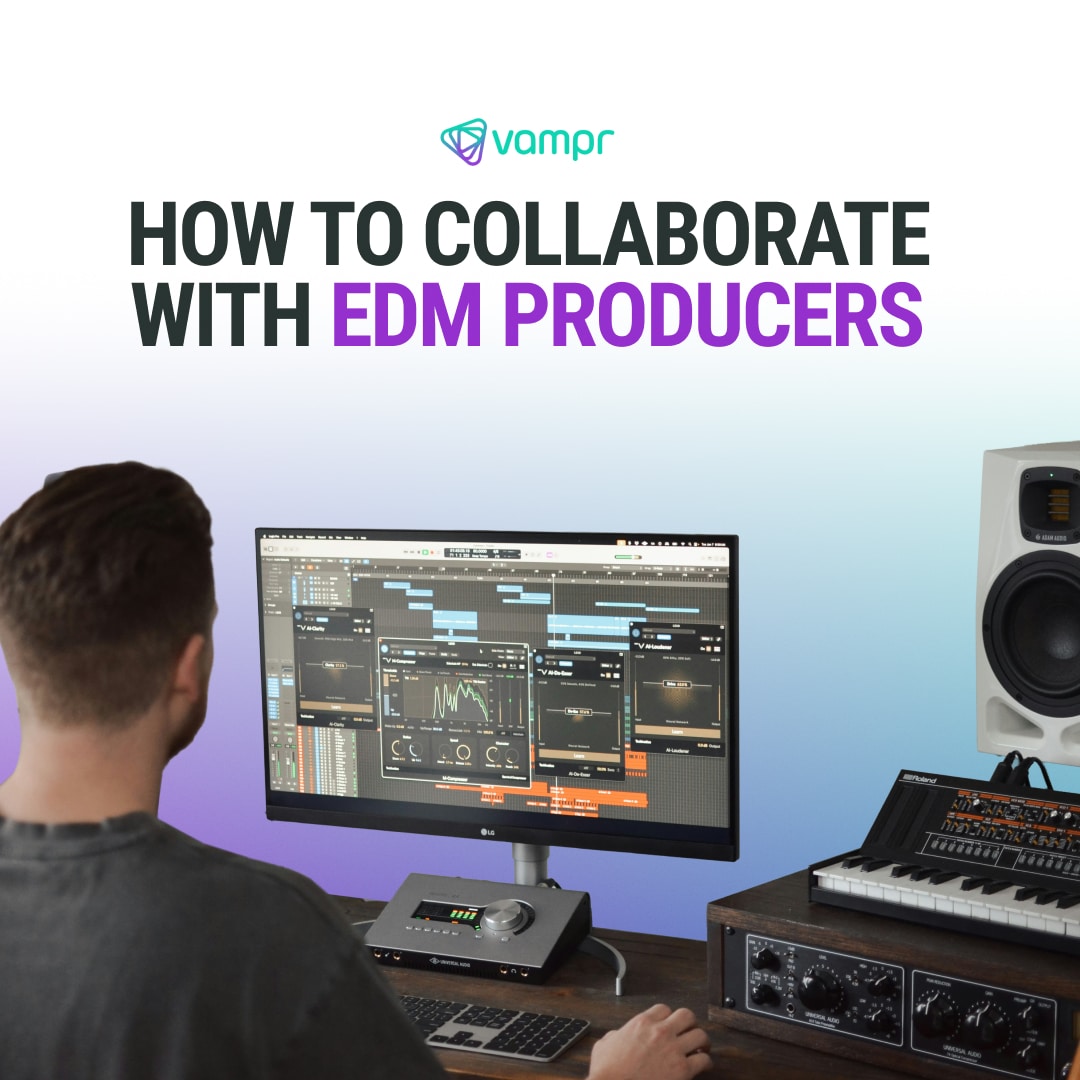Music collaboration has undergone a remarkable transformation over the years. In the past, musicians often needed to be in the same room to create music together. This physical limitation meant that collaborations were mostly local or required significant travel. The magic of songwriting collaboration and music production was often confined to studios, jam sessions, or live performances. However, this began to change with technological advancements. The introduction of various recording and communication technologies slowly expanded the possibilities for artists to collaborate with other musicians online, paving the way for a more interconnected and global music community.
Understanding Music Collaboration Software
Key Features of Collaboration Software
The core of music collaboration software lies in its ability to streamline the collaborative process. Essential features include multi-track recording, real-time editing, and seamless file sharing. These tools also offer communication platforms, like integrated messaging and video calls, enabling artists to discuss and refine their work as if they were in the same studio. Additionally, version control is a critical feature, allowing multiple artists to work on a track simultaneously without losing track of changes. Cloud-based storage is another key aspect, providing a centralized space for all project files, and ensuring that every collaborator has access to the latest versions of the work.
Comparing Popular Music Collaboration Platforms
When evaluating various platforms for music collaboration, it’s essential to consider user interface, compatibility with different operating systems, and the range of tools offered. Some platforms are more suited for professional studio work, offering advanced editing and production features. Others cater to independent artists, emphasizing ease of use and community-building features. The choice often depends on the specific needs of the project and the technical proficiency of the collaborators involved.
Integrating Software into Creative Processes
This allows artists to experiment with new ideas quickly, receive instant feedback, and make decisions on the fly. This integration often involves setting up a workflow that incorporates both individual creative time and collaborative sessions. Artists might start with personal ideation and sketching out concepts, then move to the collaboration platform for refinement and co-creation.
Best Practices for Using Music Collaboration Tools
These platforms not only streamline the technical aspects of working together but also foster a conducive environment for creative exchange. By following certain best practices, artists can maximize the effectiveness of these tools, ensuring that the collaborative experience is productive, enjoyable, and successful. Below are the best practices:
- Establish Clear Communication: Clear communication is paramount in any collaborative project, especially in music. By setting explicit expectations about the project’s goals, deadlines, and individual roles, collaborators can work towards a common vision. Regular check-ins are crucial to ensure everyone remains on the same page, preventing misunderstandings and keeping the project on track. This practice not only aids in aligning the team’s efforts but also builds a foundation of trust and respect among members.
- Organize Files Efficiently: Efficient file management is crucial in a collaborative music project. A well-organized file structure within the collaboration platform, with properly labeled tracks, versions, and documents, saves time and reduces confusion. This practice helps in quickly locating the required files, streamlining the workflow, and ensuring that all team members can easily access and understand the project’s structure.
- Use Version Control: Utilizing the version control features of collaboration tools is essential for maintaining clarity in the creative process. By tracking changes and contributions, collaborators can avoid confusion over which version of a piece is current. This approach not only provides a clear history of the project’s evolution but also respects each contributor’s input, making it easier to review and integrate various ideas.
- Set Realistic Deadlines: In collaborative music projects, it’s crucial to consider the diverse schedules and commitments of all participants. Setting realistic deadlines is key to ensuring that everyone can contribute effectively without feeling pressured. This approach helps maintain a balanced workflow, allowing sufficient time for creativity while keeping the project moving forward at a steady pace.
- Respect Creative Differences: Successful collaboration in music often rests on the ability to blend different creative visions. Respecting and being open to these differences encourages a more dynamic and innovative output.
- Ensure Regular Backups: Regular backups of all project files are a critical safety net in music collaboration. Whether done within the collaboration platform or through external storage solutions, this practice safeguards against data loss, ensuring that the team’s hard work is preserved. Consistent backups provide peace of mind and ensure that the project can recover quickly in case of technical issues.
By adopting these best practices, artists and producers can harness the full potential of music collaboration tools. These practices not only facilitate the technical side of collaboration but also nurture a harmonious and creative atmosphere. This approach leads to a more efficient, enjoyable, and ultimately successful collaborative experience, allowing artists to produce music that resonates with audiences worldwide.
The World of Online Music Collaboration
Benefits of Collaborating Music Online
Engaging in online music collaboration offers a multitude of benefits. It allows artists to work with a diverse range of musicians they might not have had the opportunity to meet otherwise. This diversity can lead to unique blends of genres and styles, resulting in innovative and fresh music. Moreover, online collaboration can be more cost-effective, eliminating the need for travel and physical studio spaces. It also offers flexibility in terms of time management, enabling musicians to work on projects at their own pace and from the comfort of their own space.
Overcoming Challenges in Remote Collaborations
While remote music collaboration is beneficial, it presents its own set of challenges. These include technical issues like internet connectivity and compatibility of software across different systems. Time zone differences can also make synchronous collaboration difficult. Additionally, having a structured workflow and being adaptable to different working styles can greatly enhance the collaboration experience.
Real-time Creation and Editing Tools
These tools allow musicians to compose, record, and edit tracks in real time, offering an experience akin to in-person sessions. Features like shared MIDI controllers, live streaming of audio, and collaborative DAW environments enable artists to work on a piece simultaneously. This immediacy not only speeds up the creative process but also enhances the collaborative spirit, making it a dynamic and interactive experience.
Enhancing Creativity Through Digital Platforms
Digital platforms for music collaboration are not just tools for creating music; they are incubators for creativity. These platforms often come with a suite of creative aids like sample libraries, virtual instruments, and production tutorials, which can inspire artists and help them step out of their comfort zones. They also provide a space for experimentation and risk-taking, which is essential for artistic growth. By facilitating easy access to a global network of collaborators, these platforms encourage cross-cultural musical fusions, pushing the boundaries of traditional music-making and paving the way for new artistic expressions.
Exploring Music Collaboration Websites
Role of Websites in Connecting Musicians
Music collaboration websites play a pivotal role in bridging the gap between musicians around the world. These websites act as networking hubs where artists can discover and connect with potential collaborators who share similar musical interests or complement their style. They often host a variety of profiles, showcasing artists’ work, influences, and what they are looking for in a collaboration
Features of Effective Music Collaboration Websites
These platforms are designed to mimic the dynamics of real-world interactions, providing a virtual space where creativity can flourish. To achieve this, several key features are essential, each contributing to the platform’s overall effectiveness and user experience:
- User-Friendly Interface: As mentioned previously, a simple, intuitive design makes it easier for users to navigate the site and find relevant features.
- Diverse User Base: A wide range of artists from various genres and skill levels enriches the pool of potential collaborators.
- Robust Search and Matching Tools: Efficient search mechanisms help users find and connect with suitable partners quickly.
- Communication Tools: Integrated messaging and video chat options facilitate clear and convenient communication.
- File Sharing and Collaboration Spaces: Secure and efficient file-sharing systems, along with collaborative workspaces, are essential for seamless creative processes.
The success of these websites stems from their ability to mimic the organic interactions of the real world, fostering connections that go beyond mere musical partnerships. They become virtual melting pots of culture and creativity, where musicians can experiment, innovate, and create music that resonates across geographical and cultural boundaries.
Building a Community for Collaborative Projects
Community building is a critical aspect of music collaboration websites. These platforms often include features like forums, group chats, and community events, which help in forging a sense of belonging among users. Participating in these communities can lead to unexpected collaborations, as artists get to know each other’s work and interests. Moreover, these communities can act as support systems, offering advice and encouragement which is invaluable, especially for emerging artists.
Tips for Collaborating with Musicians Online
Efficient File Sharing and Project Management
Efficient file sharing and project management are crucial in online music collaboration software. As stated before, utilizing cloud-based platforms for storing and sharing files ensures that everyone has access to the latest versions. It’s important to agree on file formats and organization systems early on. Project management tools can help track progress, assign tasks, and set deadlines, keeping the project on track. These tools often come with features like task lists, Gantt charts, and progress tracking, which can be invaluable in keeping a collaborative project organized and moving forward.
Songwriting Collaboration: Blending Creative Influences
Co-writing songs is a delicate balance of blending creative influences while respecting each collaborator’s artistic integrity. Effective co-writing often involves a give-and-take approach, where collaborators share ideas freely and build on each other’s contributions. It’s important to establish a respectful and supportive environment where all collaborators feel valued and heard. This approach not only leads to a more cohesive final product but also to a more enriching and enjoyable creative process.
Maintaining Creative Synergy in a Digital Environment
Regular virtual meetups to discuss ideas and progress can help maintain a sense of connection. Using collaborative tools that allow for real-time feedback and idea sharing can keep the creative energy flowing. It’s also important to take breaks and give each other space to work independently. Balancing collaborative sessions with individual work can help keep the creative juices flowing while preventing burnout. Celebrating small milestones together can also boost morale and keep the team motivated.
Finding the Right Collaborative Partners Online
Leveraging Social Media for Networking
Social media is an invaluable tool for finding and connecting with potential collaborators in the music industry. By regularly posting content, commenting on others’ work, and participating in music-related groups or hashtags, artists can significantly increase their visibility and connect with like-minded individuals. Social media also provides insights into an artist’s personality and style, which is crucial for finding compatible collaborators.
Criteria for Selecting Compatible Collaborators
When looking to find musicians to collaborate with online, certain criteria can help in selecting the right partners. Musical compatibility is key, which includes similar tastes, influences, and technical skills. It’s also important to consider work ethic, commitment level, and communication style. Looking at an artist’s previous work, reading reviews or feedback from past collaborators, and having initial discussions about goals and expectations can provide valuable insights into compatibility. Ensuring alignment in artistic vision and working style can lead to more productive and harmonious collaborations.
The world of music collaboration apps has been transformed by the arrival of digital tools and platforms. They offer benefits such as cost-effectiveness, flexibility, and access to a diverse range of collaborators. However, successful online collaboration also requires effective communication, organization, and a willingness to embrace different creative approaches. By leveraging these digital tools and platforms, artists can explore new creative avenues, push the boundaries of traditional music-making, and participate in a global music community. The key to successful online collaboration lies in finding the right balance between technology and the human element of creativity, ensuring that the art of music remains vibrant and continuously evolving.










